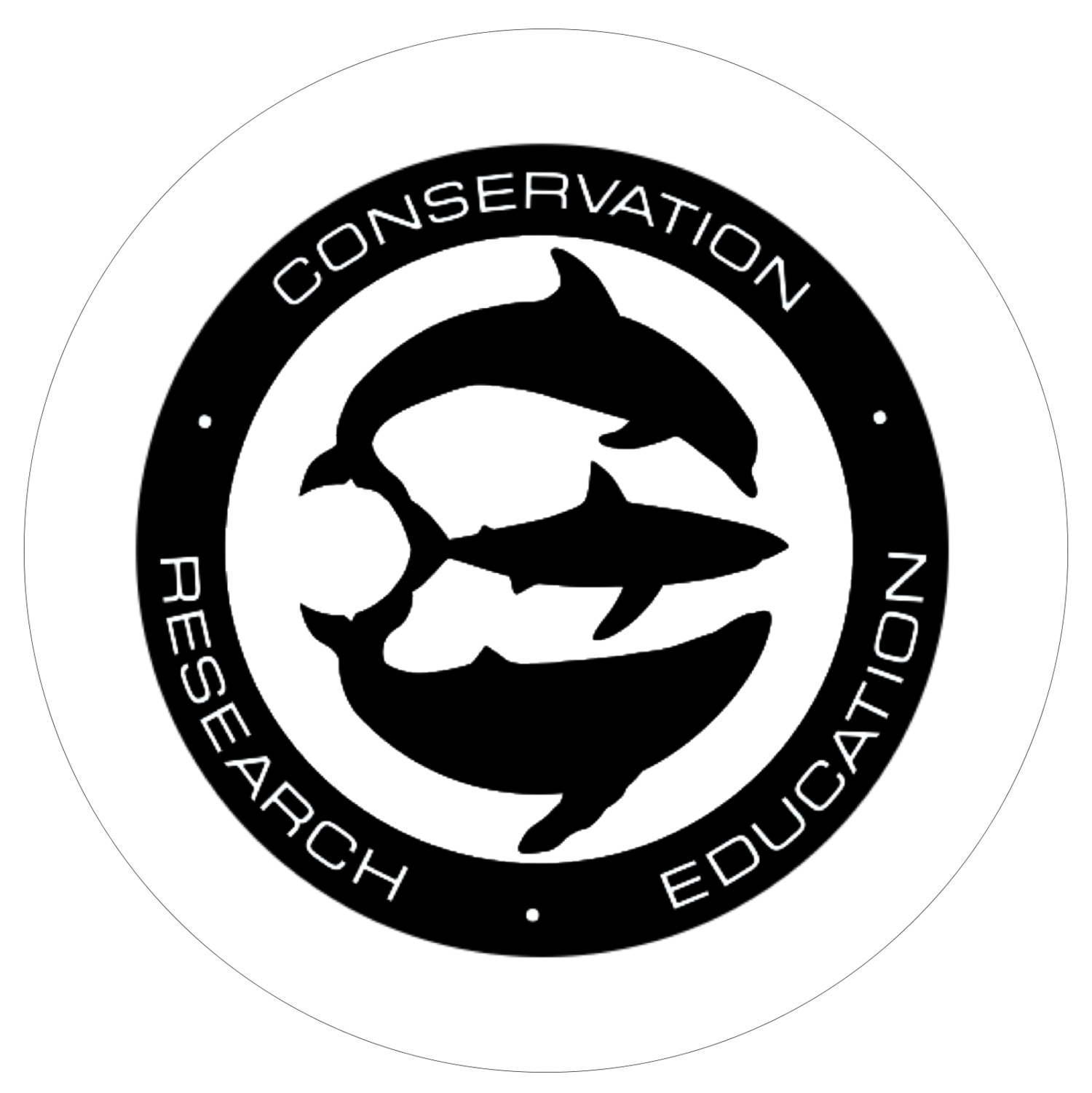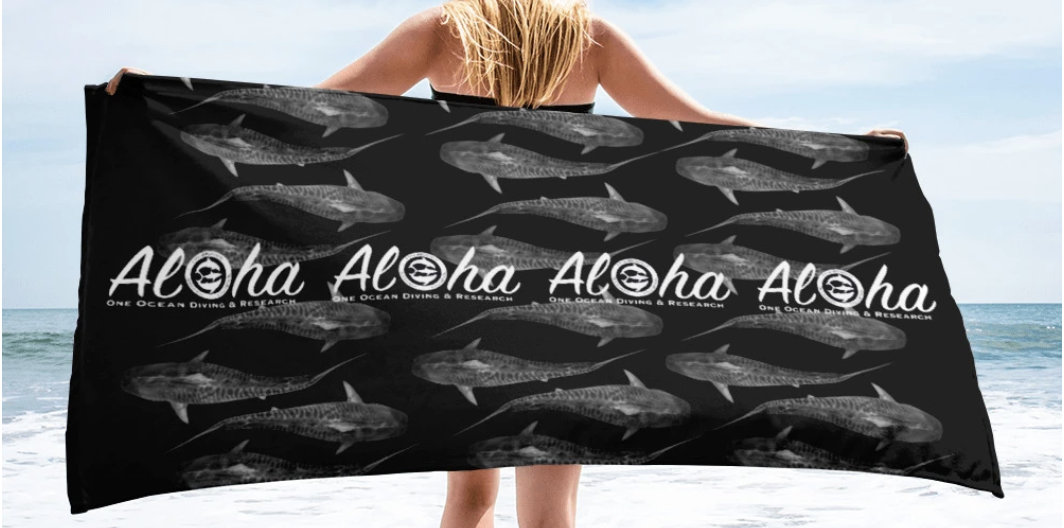As a self-proclaimed health nut, I want to make sure I’m nourishing my body from the inside out, feeding myself the best foods, drinking lots of water and keeping my skin and hair healthy as well. Before training to be a safety diver for One Ocean Diving, I was a PADI Dive Master and AAUS scientific diver- I’ve had my fair share of being on boats and staying healthy. Here’s a few tips I’ve learned along the way to keep yourself healthy:
BODY
When you’re working on a boat and in the water all day, it's easy to feel fatigued. To help combat this I like to make sure that im feeding my body high protein snacks throughout the day. Of course I start my day with caffeine like everyone else, but after that I make sure to eat a high protein and carb filled breakfast to keep me full. Right now I’ve been loving frozen protein waffles, they’re so good! It's also really important to keep drinking lots of water during the day as well. It is super easy to become dehydrated on a boat and when you are working in the water. I try to drink at least 10-12 cups of water a day. Whenever I have a break, im eat a snack. Some of my favorite high protein snacks are bars, chickpeas and Banza protein pasta. Everyone’s body is different but since I am vegan I like to incorporate as much protein as possible during the day. After a hard days work, ill take time to rest before making dinner and doing chores. I try to get at least 6 hours of sleep when im working, and when I have days off I like to go to bed early too so I can rest and recharge.
HAIR
Keeping your hair healthy when your constantly in the ocean is a HUGE challenge. Im a natural blonde so I have fine hair thats prone to drying out, getting frizzy and getting real tangly. In the morning when im doing my hair before work I like to get it wet and spray it with a leave in conditioner or a detangling spray. Then ill use about 15 hair ties and put my hair in bubble braids, this is the best way I’ve found to keep my hair not tangly! If I am in colder water ill just wear a hood to protect my hair, but if not I like to wear a waterproof headband to keep my babyhairs from frizzing up. I dont touch my hair when im working- I just hope and pray that it is all good and not tangling up. After work while my hair is still wet, ill take out all my hair ties, spray some detangler in and start brushing with a wetbrush. Wetbrushes are softer than regular brushes and they’re better for tangled hair. When I get home ill take a shower and try to do a hair mask every other day if I can to keep my hair healthy. Once a week I do a coconut oil mask which really helps. Before dry my hair I put some oil and leave in conditioner in my hair as well. I try to avoid heat as much as possible because I know its not good for my hair.
SKIN
The most important thing with keeping my skin healthy is using sun protection! Usually when im diving im full covered wearing a wetsuit or some type of surf suit that is UPF certified. If not ill make sure to slather my body in a reef safe sunscreen. I try to apply face sunscreen every 2-3 hours whenever I have a break to keep my face and neck from burning. I also choose to wear a hat to keep the sun off my face as well. When im done diving for the day, if I did get burnt ill use some natural aloe on my burns. Ill make sure to wash and moisturize my face well along with my body.








